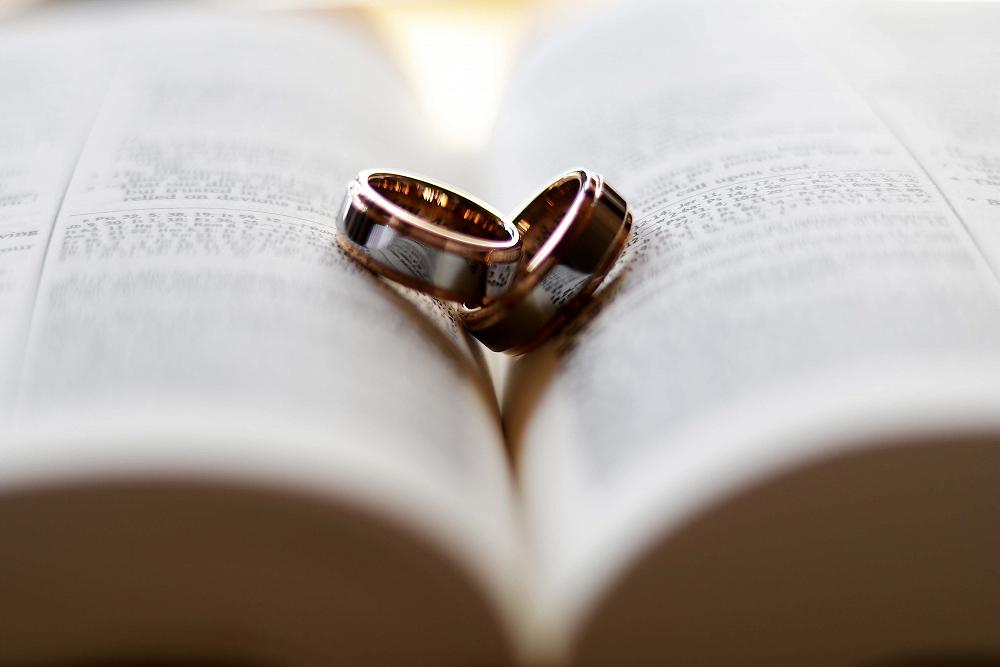
Rings, Readings and Rituals
This month has been one of great excitement as my partner and I got engaged. Naturally enough, I’ve been reflecting on marriage, weddings and the meaning of two people coming together to make a public and sacred commitment to each other.
As someone who grew up attending Catholic school and weekly Mass, my early ideas of love and marriage were partly shaped by the Church and surrounding community. In my teenage years I moved away from the Church, experiencing many of the same issues described by Alice Snedden in her recent columns, struggling to reconcile my own beliefs in justice and equality with an institution that I experienced as unjust and judgemental. One of my friends had an abortion during our second-to-last year at a Catholic girls’ school. Another didn’t feel able to come out as gay until he had finished his final year at a Catholic boys’ school. There was no sexual education but we were lectured about sin before going out to seek it. While my own parents and their friends were socially progressive, I felt alienated from the Church and drifted away.
For a time, I did not think marriage was for me as I couldn’t see a way where I would get married if my gay friends were not able to do so. I’ve now had the joy of attending several beautiful weddings of same-sex couples and I feel energised by my generation’s efforts to redefine and reclaim marriage and what it means to them.
There is something truly joyful about being part of, and witness to, that moment in a wedding where people you love and care about exchange vows and make loving promises to each other and receive the encouragement of their friends and family.
There is a wonder and awe in some of the traditions. For others, the sooner they’re declared obsolete and consigned to the history basket the better. From the engagement, which is no longer necessarily the man’s prerogative to initiate, to who will keep or change their surname, lots of traditions are up for debate.
It’s more common now for both the people to walk down the aisle (rather than just the woman with the man waiting at the altar) and to have both parents (rather than just the father) do the walking. This is a better expression of the values of partnership and equality in marriage than the former practice where the bride was “given away”. Many people opt to get married outside, or in venues other than churches.
What is it about weddings that can bring such hope and happiness? I wonder if part of it is because many of us grew up without, or being disconnected from, a Church community and do not have many opportunities in daily life for ceremony or ritual. There’s a certain joy that comes from singing as part of a group without feeling self-conscious, and revelling in being part of a collective that’s bigger than yourself. The desire to have a life event full of meaning and ceremony may be part of why we as a modern society continue to invest so heavily in weddings. From the planning, to the emotion, to the finances, weddings are certainly not going out of style despite the divorce rate remaining fairly high.
If our communities were more inclusive and connected and we had more occasions on which to celebrate with ceremony, perhaps weddings wouldn’t become such an intense focal point. For me and my fiancé we are now reflecting on how to create a meaningful wedding that reflects these ideals.
In the end, it’s not the table centrepiece or the wedding dress that matters. It’s that moment when a couple opens up a special and sacred part of themselves to each other and to all who are there as witnesses. When vows are exchanged and two people marry each other, we all share in the joy of an outward and public expression of deeply held love. The ceremony and the ritual comes alive when it is focused on that special moment where love is celebrated as a public commitment in community.
Tui Motu Magazine. Issue 226, May 2018: 3
